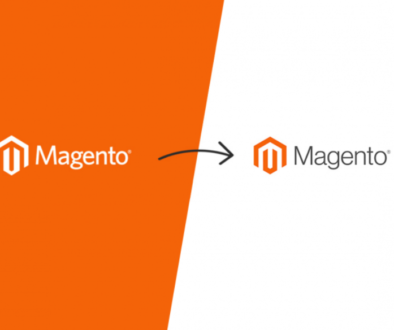E-Commerce Analytics: Top 3 Google Reports

It’s common practice by now to employ Google Analytics in your e-commerce arsenal to get the upper-hand in an e-commerce analytics/marketing campaign. But sometimes we need a little guidance to squeeze the most juice out of these reports; how do we use them best, where do we find the most pertinent information, and what can we safely ignore? Feras Alhlou put together an informative survey for Practical Ecommerce on this very topic. Basically, it all boils down to segmentation, or the willingness to parse aggregate numbers according to certain schematics or populations. Let’s see which insights prove the most useful!
#1: Segment by Traffic Channel
Here, you want to gauge each channel’s worth in terms of traffic generation and conversion rate. How? Start by looking at “Traffic Sources” in Google Analytics, which separates results into organic (unpaid) sources, referrals (outside sources directing visitors to your site’s URL), and direct traffic (visitors typing your web address or utilizing a bookmark). Segmenting by Traffic Channel gives you a crystal-clear picture of all the points of access to your e-commerce site, thereby enabling you to make important campaign decisions. This information is valuable because it lets you concentrate on sources that work and pull resources from those that don’t.
For example, if you saw that 70% or so of your traffic was generated via email, you might set a target of 85% in the next three months and divert a larger portion of your marketing budget to expanding your company’s email list in order to achieve that goal. On the other side of the coin, if you notice that social media drives hardly any traffic, you should make a point of analyzing why your tweets, posts, and social ads aren’t getting a response. Maybe you would need to focus on blog visibility, launch a social media contest, or look into guest posts to reach previously isolated audiences.
By presenting the data in a matrix, segmentation by traffic channel lets you correlate findings across media (email, social, etc.), transaction volume, average transaction value, and more. One of the most useful parameters is conversion rate, a measure of successful purchases by visitors. You can use Google Analytics to pinpoint your conversion MVPS—affiliate networks, say—as well as weakest links; this data is much more actionable than an average conversion rate, which won’t highlight performance outliers in real time. Your attention is better spent troubleshooting problem areas (e.g., why did the holiday sale flop? Confusing content? Buried links? Navigation woes?).
#2: Segment by Day of Week
While some variance between industries is to be expected, this can be extremely useful for gleaning customer habits. In this tool, you can compare visits, conversion rate, and revenue against a calendar week to settle issues of timing. It’s particularly useful in combination with segmentation by traffic. To continue our earlier example, let’s say that you’ve found Friday to be your site’s busiest day in terms of both traffic and revenue. It might be a great idea to take advantage of this by scheduling email blasts on Thursday night or Friday morning, boosting email conversion rates in tandem with proven traffic metrics. This ability to manipulate scheduling is a boon in any e-commerce analytics toolbox!
And it doesn’t stop there. Further segmentation permits granular control by hour, so that you might learn that lunch breaks are peak conversion points, or that traffic dips heavily during the morning rush hour. As with all Google Analytics campaigns, you can even set up custom reports to alert you to unusual activity or to confirm your findings over a predetermined window of time.
#3: Funnel Segments
E-commerce analytics have truly come a long way; going beyond channels and times, you can also learn quite a bit from your shopping cart funnels. While many might be content with a simple conversion ratio comparing the “Add to Cart” step to the “Checkout Complete” step, Google Analytics does you one better by (again) separating results by channel and providing results from each and every step of the sales funnel. Simply navigate to Conversions -> Goal Flow Reports and select “Medium” in the dimension drop-down menu. This data is provided as a completion percentage (e.g., “28% of 5.09K total visitors completed this step”).
Here’s where it gets good: you can instruct Google Analytics to alert you to “micro-conversions” of your choosing. Using the same example from before, you might have to present a report comparing user response across several campaigns; you’d easily be able to set up a weekly alert on how many visitors were interested enough to add a product to their cart. If a large portion stopped there, you’re that much closer to the root of the problem, and you’d know exactly where to look in tooling around with future campaign variants.
What else? How about tracking repeat buyers right from Google Analytics? This valuable customer subset can provide excellent data on the long-term success of “tried-and-true” campaigns, including conversion rate, average order value, and the same funnel habits mentioned above. Once this report is established, you can then compare first-time and repeat buyers as a benchmark for informed decision-making down the line. The possibilities widen even further when you track the page from which users add products to their carts—the homepage, a promotion, and a banner might all have this capability—and/or whether guests opt to log in on the way to their first purchase.

